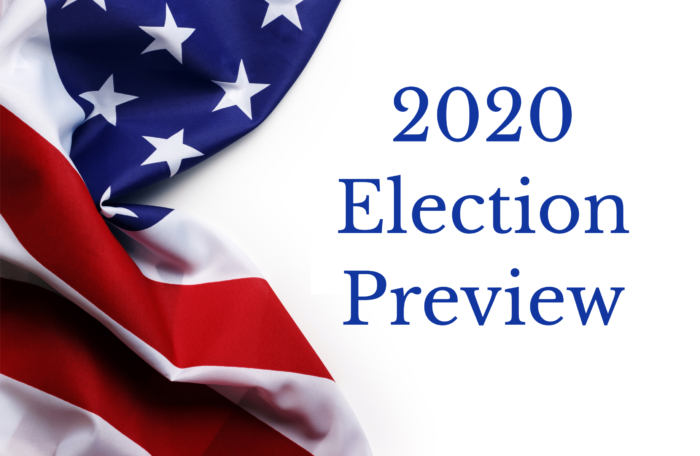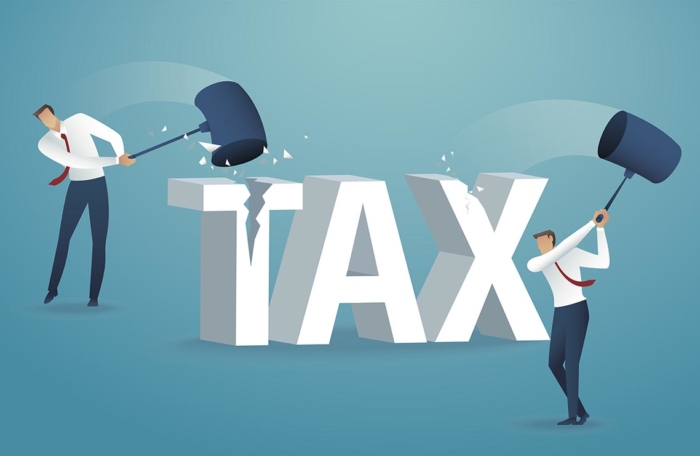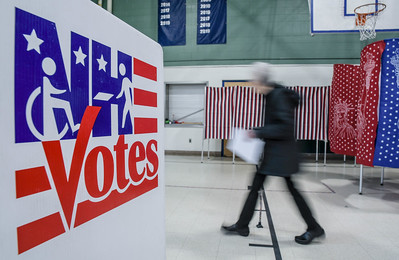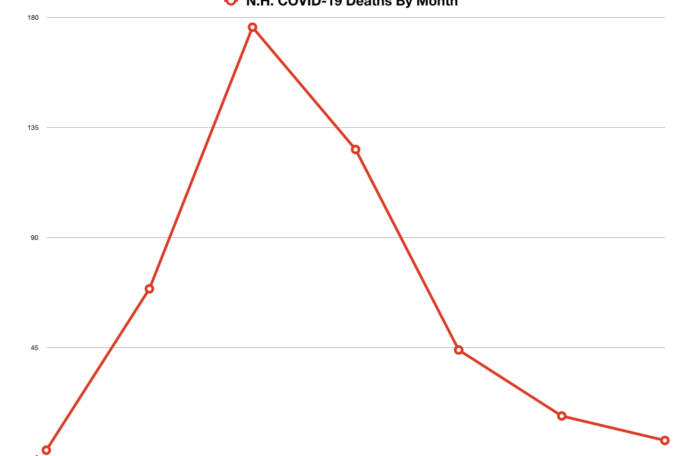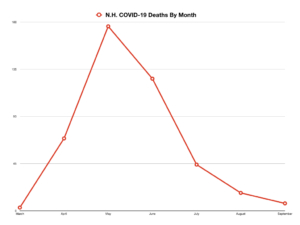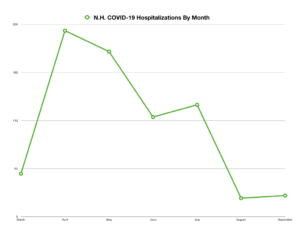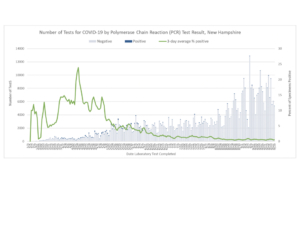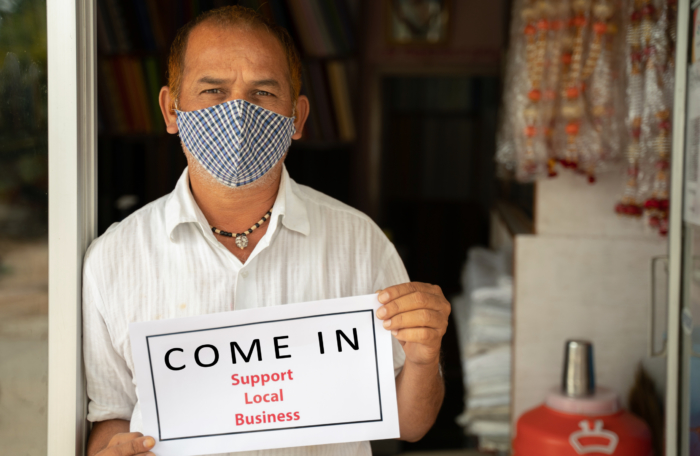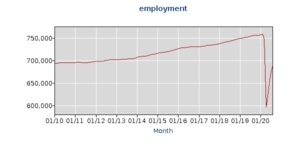Three days after New Hampshire sued Massachusetts to stop it from taxing the income of remote workers, a New Jersey Senate committee passed a bill requiring their state treasurer to explore joining the suit. If New Jersey joins, New Hampshire will have started a multi-state effort to stop high-tax states from reaching across their borders to tax non-resident commuters.
Last week, Massachusetts adopted a new administrative rule allowing it to collect income taxes on New Hampshire residents who work remotely for Massachusetts companies. On Monday, New Hampshire sued in federal court, calling the practice unconstitutional. But Massachusetts isn’t the only state to do this, and other states have taken notice of New Hampshire’s suit.
For decades, New York State has applied its income tax to people who work remotely for New York companies. Hundreds of thousands of New Jersey and Connecticut residents have to pay New York income taxes even if they don’t physically commute into the state.
New Jersey state Sen. Declan O’Scanlon told the Josiah Bartlett Center that the New Hampshire lawsuit could bring justice for New Jersey residents too.
“The lawsuit between New Hampshire and Massachusetts may very well pave the way to helping make the case,” he said.
O’Scanlon is co-sponsor of a bill that would require New Jersey’s treasurer to study the commuter tax issue and make a report to the state legislature. On Thursday, the N.J. Senate Budget and Appropriations Committee unanimously amended the bill to instruct the treasurer to explore joining New Hampshire’s lawsuit.
The bill then unanimously passed the committee. Its next step would be a vote before the full Senate, O’Scanlon said.
He and the bill’s prime sponsor, Sen. Steven Oroho, had been interested in pursuing a fight against New York for a while, O’Scanlon said.
“I had a couple of people send me stories about the New Hampshire lawsuit, knowing I have an interest in this,” he said.
“There is no logical explanation of why we wouldn’t pursue our residents paying New Jersey taxes rather than New York taxes.”
A spokesman for the New Jersey treasurer was unavailable for comment, but O’Scanlon said the effort has bipartisan support and the governor’s office has taken notice.
“I am hearing from within the Murphy administration that there is interest in this,” he said.
When the bill gets to the full Senate, O’Scanlon said he doesn’t foresee any serious opposition.
“It should be like a hot knife through butter,” he said. “It will help our taxpayers and enhance our revenue. Not often do you have an issue that lines up like that. “
New Jersey allows residents to take a tax credit for income taxes paid to New York. So New York’s taxation of commuters costs New Jersey lots of money. Senators on the Budget and Appropriations Committee speculated that the cost could be in the billions of dollars.
Edward Zelinsky, who teaches tax law at Benjamin Cardozo School of Law in New York City, told the Josiah Bartlett Center that New Jersey and New Hampshire are in the same position.
“I believe it’s identical. From a constitutional perspective and a tax policy perspective, the issues are the same,” he said.
“If the employer is in New York or in Massachusetts and you are at home in Connecticut or in New Hampshire, their position is that you owe income taxes.
“Now, in fact, New York has gone very aggressively. New York is not just sending tax bills to people in Connecticut. New York has sent tax bills to people in Tennessee, in Arizona. Their position is that they can overstep the boundaries and send tax bills to anyone they want. In Massachusetts, they are technically saying the same thing.”
Zelinsky, who lives in Connecticut and works some days in New York City, sued New York over this issue in 1994 and lost in the New York state courts. The U.S. Supreme Court refused to take up the case. But he said that legal scholars have come to see his — and New Hampshire’s — position favorably.
“I lost in court; I won in the arena of academic opinion,” he said.
In its lawsuit, New Hampshire states that “Massachusetts has unilaterally imposed an income tax within New Hampshire that New Hampshire, in its sovereign discretion, has deliberately chosen not to impose.”
The suit states that its purpose is “to rectify Massachusetts’ unconstitutional, extraterritorial conduct.”
Zelinsky said the constitution favors New Hampshire, but the big question is whether the Supreme Court will hear the case. That will be up to the discretion of the justices. But he will be among the many commuters and remote workers pulling for the Granite State.
“I’m saying very openly that I’m cheering New Hampshire on.”
 Join The Josiah Bartlett Center for a special 2020 Election Preview this Thursday from 12:30-1 with political reporters Jim Geraghty of National Review and James Pindell of The Boston Globe.
Join The Josiah Bartlett Center for a special 2020 Election Preview this Thursday from 12:30-1 with political reporters Jim Geraghty of National Review and James Pindell of The Boston Globe.
